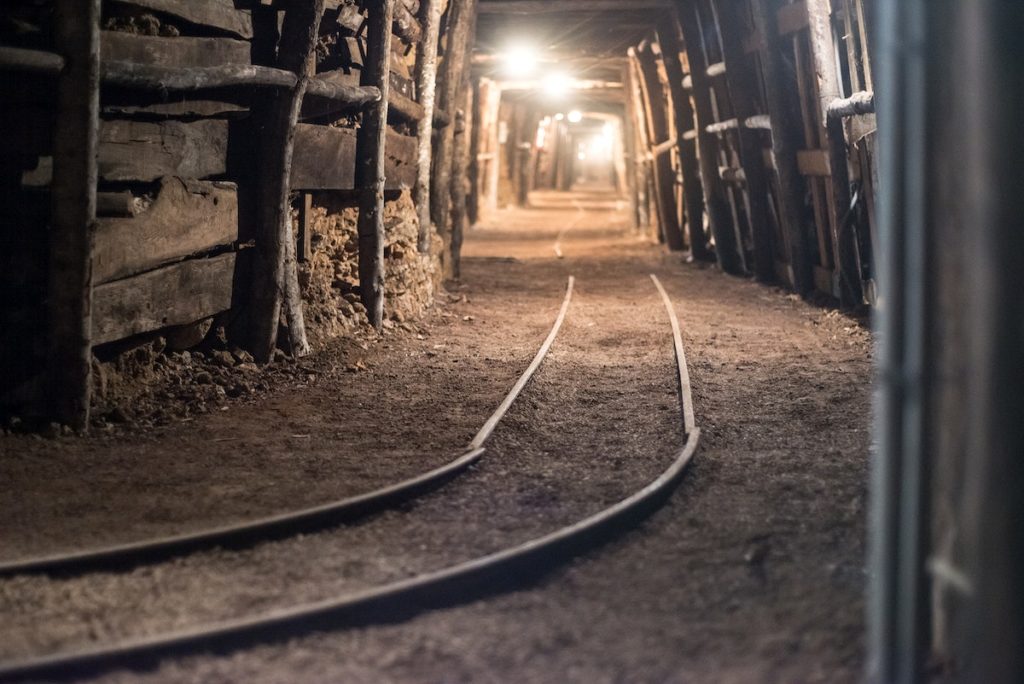On this big day, at the Kali-Asia International Investment mine in Khammouane province, 350 kilometers from the Laotian capital Vientiane, a miner made a video call using a wireless network from 300 meters underground using his smartphone with colleagues located 3,500 away in Beijing.
Production capacity has greatly increased at the site in recent years, with headcount growing from hundreds to over 3,000 staff. To better manage the increased scope of operations, the company plans to introduce several technical upgrades that will boost productivity as well as site safety. Fast communications are the foundation for enabling these upgrades.
In the future, operators will comfortably sit in offices above ground, remote-controlling mining vehicles that are operating hundreds of meters below in heat, dust, and humidity. QC will be performed using automated techniques largely based on machine vision AI. And the scheduling of potash transportation vehicles is constantly being optimized based on demand. These technologies will all require high bandwidth, low latency communications systems to provide full coverage throughout the site.
 It took only two months to deploy Huawei’s Smart Mining Solution at the site, consisting of both wired and wireless (4G) networks. Wireless networks can provide coverage in parts of the mine where it’s too difficult to deploy fiber. This will enable the deployment of capabilities like automated QC or immediate response to incidents anywhere in the mine. As for the fiber network, it is comprehensively deployed above ground and partially in underground operations. Fiber provides huge amounts of bandwidth and low latency, essential for constant monitoring or remote operation of major equipment. Once in place, smart mine technologies will maximize staff safety above and below ground.
It took only two months to deploy Huawei’s Smart Mining Solution at the site, consisting of both wired and wireless (4G) networks. Wireless networks can provide coverage in parts of the mine where it’s too difficult to deploy fiber. This will enable the deployment of capabilities like automated QC or immediate response to incidents anywhere in the mine. As for the fiber network, it is comprehensively deployed above ground and partially in underground operations. Fiber provides huge amounts of bandwidth and low latency, essential for constant monitoring or remote operation of major equipment. Once in place, smart mine technologies will maximize staff safety above and below ground.
According to Li Shaokui, deputy manager of the mining department of Asia-Potash International Investment, features of smart mining like remote control and autonomous driving depend on technologies like cloud-edge collaboration and ultra-large bandwidth. Smart mining also requires full network coverage with either fiber or 5G. The company plans to fully deploy smart mining at the site in the future, creating a solid foundation for people-centric smart mines.
In the past, communications with workers underground required the use of phones connected to fixed lines, recalls Zheng Longjie, a Huawei project delivery owner. It’s now possible to use a smartphone anywhere in the mine. It’s possible to know at all times where all workers are located and what they are doing. The network was deployed in full consideration of the mine’s evolving needs. Networks can provide multiple services, support multiple provisioning, and can be flexibly upgraded to 5G in the future.
According to huawei.com












